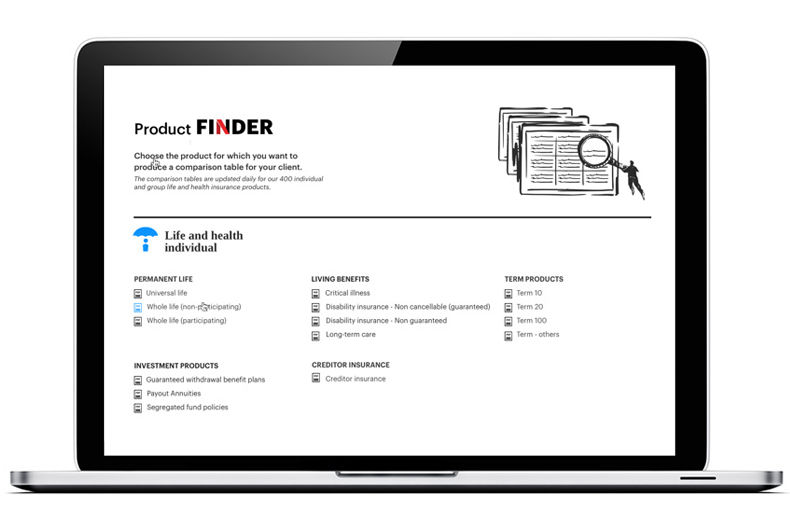In the event of business interruption due to the disability of its owner or key person, companies will appreciate having their overhead covered by insurance. If they are unable to work, they can use the monthly insurance benefit to pay their bills. This insurance is especially crucial for start-ups.
During the COVID-19 pandemic, the disruption of supply chains was a huge problem. Consumers were faced with a shortage of goods and services, and businesses were short of workers.
Today, debt is one of the main threats to business continuity. According to Equifax, challenges persist for over-indebted companies, especially for start-ups. New Canadian companies are generating a significant increase in debt balances, reveals Equifax Canada, Market Pulse, Q3 2024 Quarterly Business Credit Trends Report, published in December 2024.
According to the Equifax report, total business debt balances reached $35 billion in the third quarter of 2024. This is an increase of 15.3% over the same period last year. “Businesses opened in the past 24 months contributing to a 25.2 per cent rise in balances compared to their counterparts in Q3 2023,” state the report.
Firms, freelancers and SMEs
In its report, however, Equifax notes early signs of economic stabilization, reinforced by falling interest rates and inflation. The report suggests that now is a good time for small and medium-sized enterprises (SMEs) to purchase business overhead expense insurance, a product offered by three insurers.
Canada Life offers Overhead Expense Plan. According to information the insurer submitted to the InsuranceINTEL product monitoring centre, this product is ideally suited to those running their own practice or fee-for-service business.
iA Financial Group offers Business Overhead Expense as an option on its two disability insurance products. According to information submitted on InsuranceINTEL about the insurer’s Superior Program, this product targets self-employed workers, employees and business owners. The Acci-Jet Program is designed for self-employed workers, entrepreneurs and small businesses.
RBC Insurance offers Business Overhead Expense Insurance. As for its target market, revealed on InsuranceINTEL, it stresses the importance of its product for businesses or firms “in which the owner’s ability to come to work makes the difference between the office being open or closed for business.” The insurer lists its target customers as doctors, lawyers, accountants and engineers. It also names “and other individuals who own firms that depend on the owner’s ability to generate income to pay the bills.”
Protecting petty cash
According to the comparative table prepared for the Insurance Portal by InsuranceINTEL (see below), the insurance benefits provided will vary significantly depending on the work performed by the insured at the time the policy was taken out.
Canada Life will pay a monthly benefit ranging from $20,000 to $30,000 when an insured in Occupation Class 4A becomes disabled. This class includes executives, managers or administrators, and members of a professional order, such as doctors, dentists, engineers, lawyers and notaries. At the other end of the benefits spectrum, insureds in Occupation Class B will receive a maximum of $3,500. This category includes those whose work is more manual.
RBC Insurance has also set a monthly benefit limit of $30,000 for Occupation Class 4A policyholders. In this category, however, it will consider a claim for a higher benefit, up to a limit of $40,000. At RBC Insurance, the range of covered occupations stops at Class A (also labelled 1A). This category is made up of skilled manual workers who are not exposed to any particular risk in their work.
In its Superior Program, iA Financial Group will pay a maximum benefit of $15,000 to Class 4A policyholders. At the other end of the spectrum, it will pay a benefit of $6,000 to Class C policyholders – those representing the highest risks. Coverage is limited to disabilities caused by accidents, and the Business Overhead Expense monthly benefit is $6,000 for all. On its website, iA Financial Group gives examples of overhead expenses, including electricity, Internet, rent and telephone costs.















